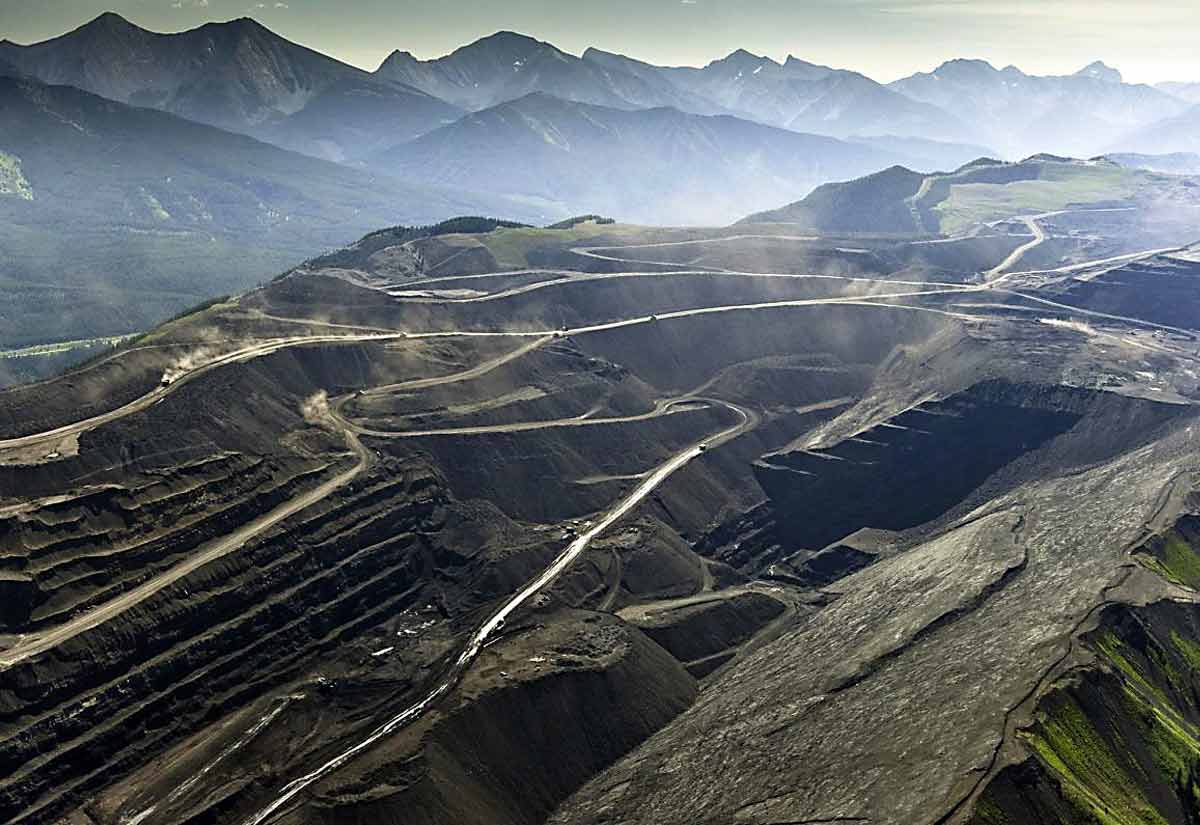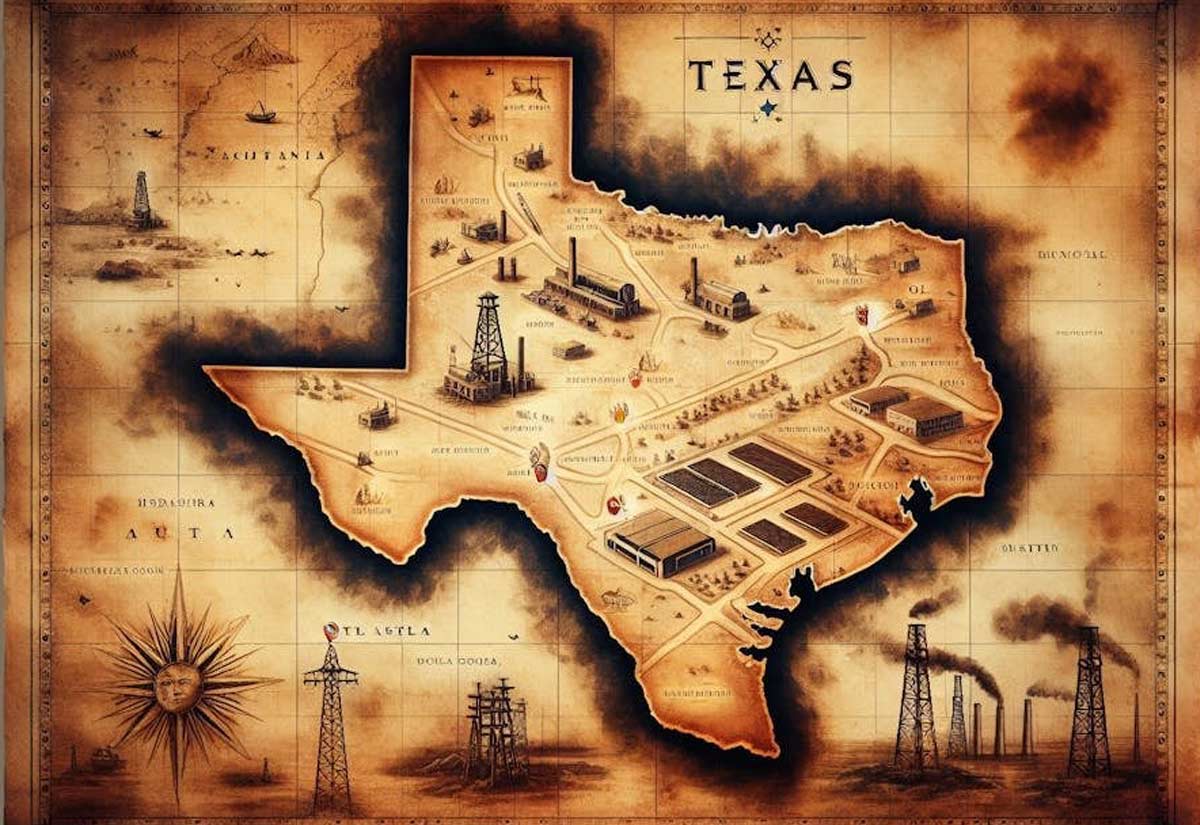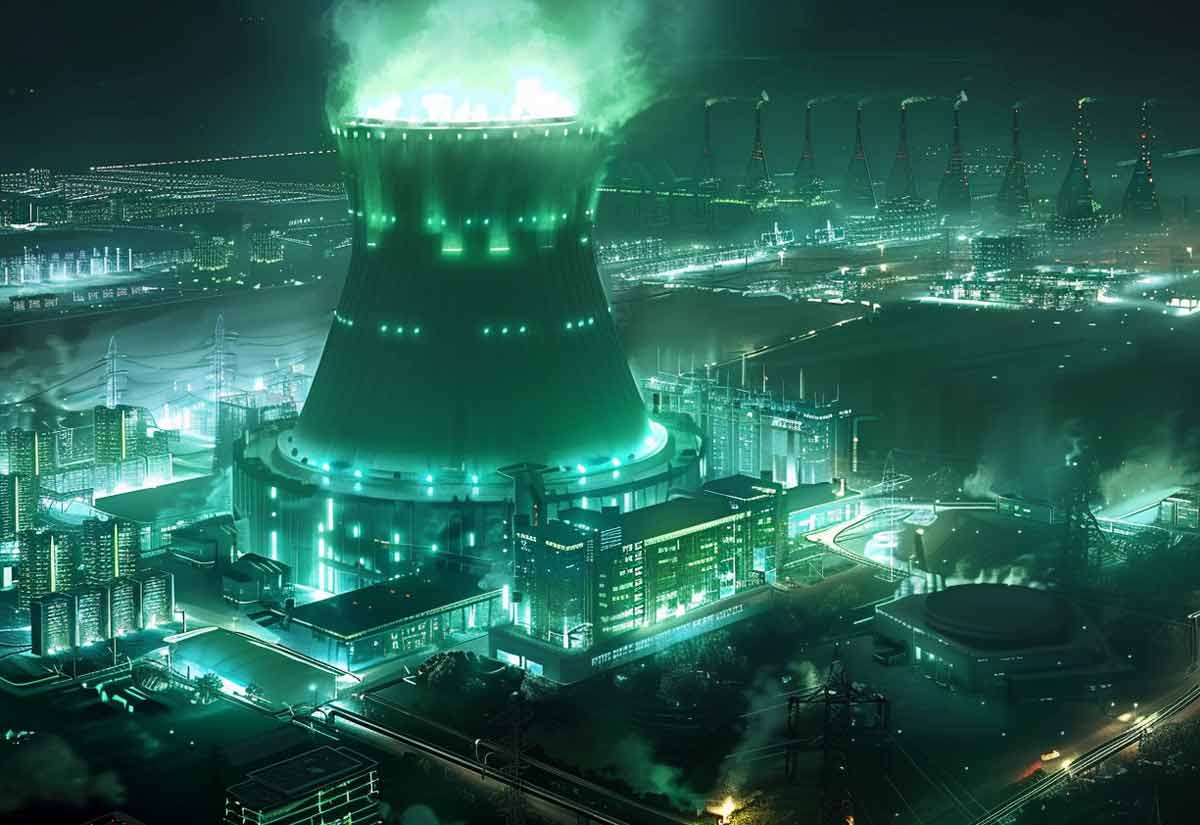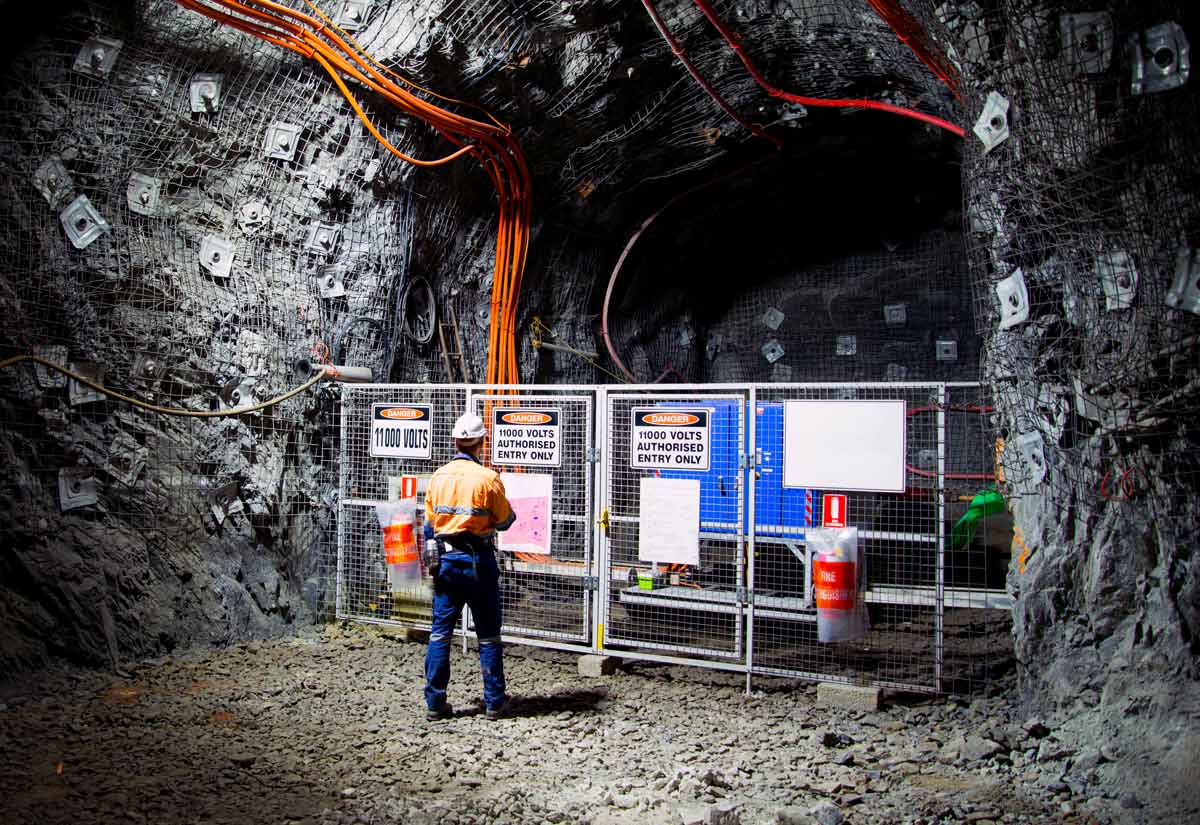Once again the push to green tech is playing a role in 2021 construction trends, as the stagnant building sector is still recovering from Covid 19 supply overhangs. But there’s still some good civil construction news for the remainder of 2021.
National construction numbers overall logged a 2% drop in the Dodge Index, according to the latest release on February 2021 construction starts from Dodge Data Analytics. But there is some encouraging news for the civil construction non-building or infrastructure sector. As we’ll see, there is some welcome, long-anticipated, pipeline and energy delivery project action now finally underway lurking behind those disappointing construction index numbers.
With industries across the board dealing with the lingering economic pressures of the Keystone Pipeline shutdown and Covid 19 disruptions, 3 big civil construction starts alone now account for a total of over $4 billion USD in 2021 construction spending. And they all went shovel-ready this February or sooner.
According to the Dodge report:
“The largest non-building projects to break ground in February were the $2.1 billion Line 3 Replacement Program (a 337-mile pipeline in Minnesota), the $1.2 billion Red River Water Supply Project in North Dakota, and the $950 million New England Clean Energy Connect Power Line in Maine.” -Despite Hope for Strong Economic Recovery, February Sees Further Decline in National Construction Starts- March 16,2021-construction.com
You can read the disappointing but not totally unanticipated news about the 2% year over year drop in both residential and nonresidential building starts at the linked article above. At Resource Erectors, where recruiting and placing the top civil construction engineers and professionals is a core competency, we were more intrigued by the human resource and local economic impact these 3 non-building infrastructure mega projects will have as they proceed to completion.
So let’s check them out.
$2.1 billion U.S. portion of the Line 3 Replacement Program
A fossil fuel infrastructure project under the green thumb of Joe Biden? That’s the surprising commodity piped through the 1,097-mile crude oil pipeline extending from Edmonton, Alberta to Superior, Wisconsin. It may have helped that this essential crude oil supply line already exists, so environmental impact is already well known.
Line 3 Project owner Enbridge (ENB) is replacing pipe laid in the mid sixties and in service since 1968 with a new 36-inch diameter pipeline upgrade from the existing and aging 34-inch diameter pipe running along most of the Line 3 route. Enbridge was an early investor in renewable energy, and the Canadian company is quick to point out their offshore wind farms, solar power facilities, and other sustainable energy projects in their website portfolio.
As for the Line 3 project underway now, Minnesota will be the beneficiary of the $2.9 billion injection into the local economy with the the program bringing:
- 8,600 jobs including 6,500 local in Minnesota over a two-year period, including 4,200 union construction jobs,
- A $2 billion boost to the Minnesota economy with Enbridge’s spending alone accounting for $1.5 billion.
- Reliable crude oil supply
- Energy savings on a per-barrel basis.
- $334 million in payroll with about 50% of that heading to local workers
- $162-million in construction-related gains for local economies, as non-local workers purchase consumer goods and use local hotels, restaurants, and services.
North Dakota’s $1.2 billion Red River Valley Water Supply Project
#2 on the Big Infrastructure spenders list according to Dodge Data is a buried pipeline project in central North Dakota to bring Missouri River water east along the Hwy 200 corridor and discharge into the Sheyenne River. Using Lake Ashtabula as a regulating reservoir, the water would continue down the Sheyenne River and flow into the Red River.
“The pipeline, with a diameter of 72 inches, will carry 165 cubic feet per second of water — equal to 74,057 gallons per minute — to augment water supplies in central North Dakota and the Red River Valley during long periods of drought.” The Bismarck Tribune
This essential project is vital for avoiding prolonged drought effects such as those experienced in the region in the 1930s. Computer models forecast “devastating water shortages” since existing water supplies in central North Dakota and the Red River Valley are “inadequate if a drought occurs and the industrial demand for water exceeds the current supply”. Another 1930s type drought could trigger $20 billion in negative economic impact over a 10-year period.
Benefits to the local region aren’t debatable as project backers point out that a reliable water supply is crucial to the very survival of communities such as Fargo, the largest water customer for the state-backed project which had to overcome restrictive “Waters of the United States” legislation that triggered delays and opposition from the State of Missouri in the Obama era.
Construction now underway also secures “substantial reliance” on permits already obtained that could “lapse from inactivity” according to project manager Duane DeKrey. DeKrey is working on a 10-year timeline to completion for the $1.16 billion project, with a price tag that he notes “goes up about $28 million every year the project is delayed”.
$950 Million New England Clean Energy Connect (NECEC) Puts Mainers Back to Work in February
Local Mainers get preference for the lucrative new positions opening up as this NECEC infrastructure project proceeds in 2021. The New England Clean Energy Connect (NECEC) 145-mile transmission line is a $950 million investment that will deliver 1,200 megawatts of renewable hydropower to the New England energy grid in Lewiston, Maine.
NECEC is already delivering a boost to local employment, with 275 Mainers hired in January as construction began with snow plowing and access mats being laid on NECEC project sites. More local Mainers will be preferred for all remaining positions, lucrative jobs that include a mix of union and non-union labor. According to a recent NECEC press release “these are good paying jobs with an average salary of $38 per hour and other benefits”.
Economic benefits for Mainers in the region include:
- 1,600 good-paying jobs during the two-and-a-half-year construction period
- $200 million in upgrades to Maine’s energy grid
- lower electricity prices
- increased local real estate value
- reduced energy costs
- expanded fiber optic cable for broadband service
Resource Erectors For Civil Construction and More
At Resource Erectors we bring specialized heavy industry support for recruiting the top professional candidates your company needs for engineering, construction materials, sales, c-suite positions, field management, and more in sectors including mining, tunneling, concrete, aggregates, and civil construction.
We work with the industry-leading companies in Canada, Australia, and the US and we maintain ongoing connections with the best qualified, experienced professionals you need to build your dream team and avoid the high costs of vacancies in your organization’s most essential positions. If you’re ready to make a career move as a highly qualified professional we can put you in touch with the top companies seeking your talents so don’t hesitate to contact Resource Erectors so we can all get to work.













